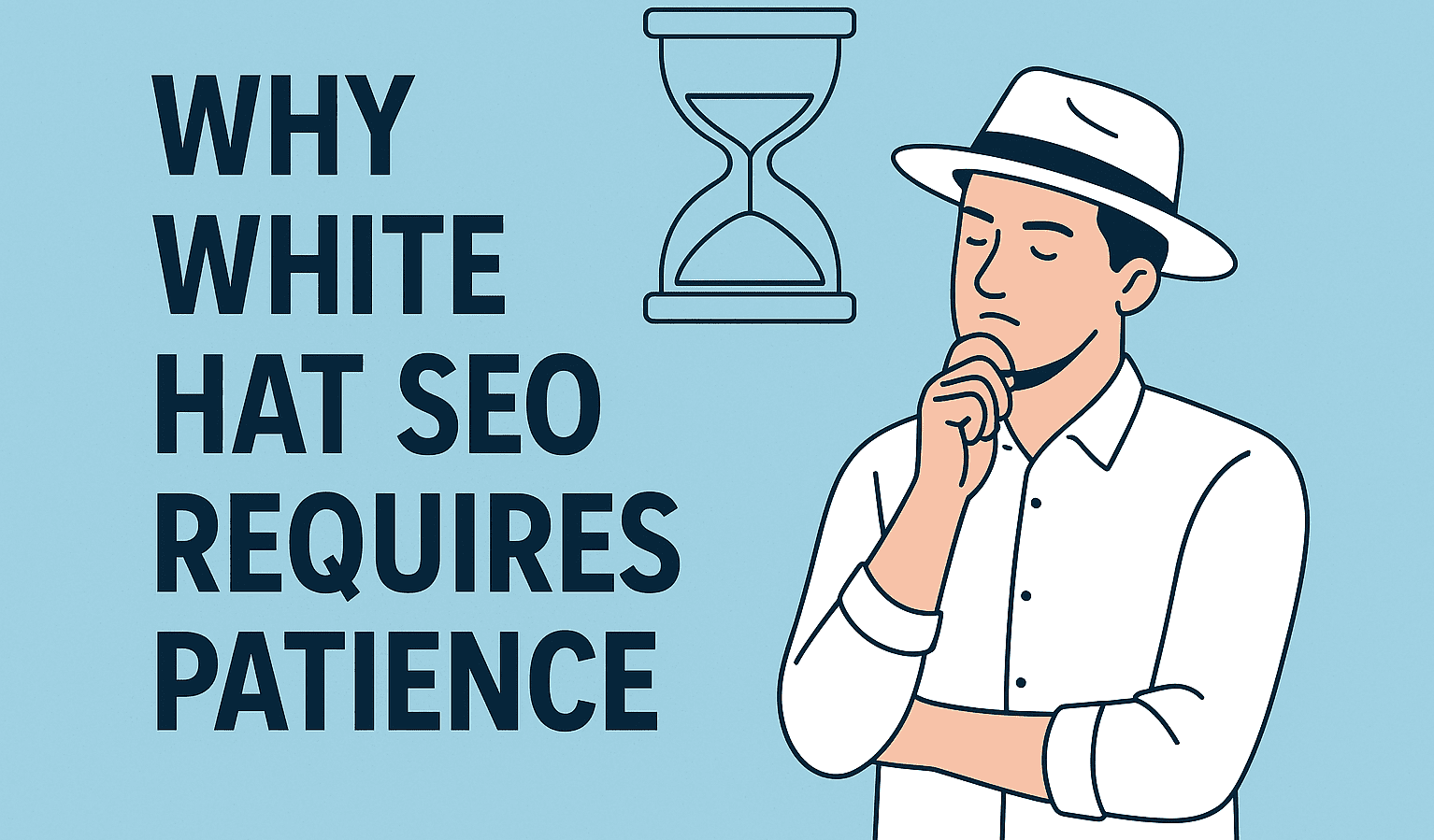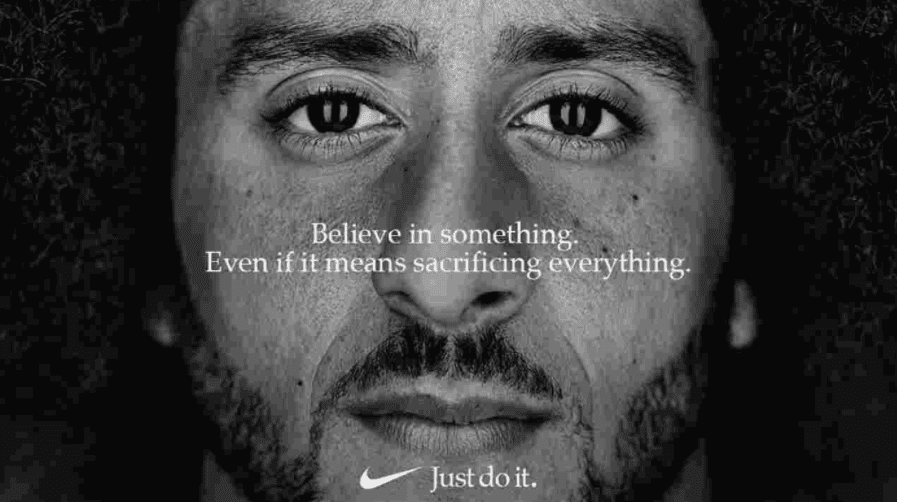Having played the SEO game for two decades now, I’ve seen it all.
Not very long ago, you could get away with all sorts of tricks to drive organic traffic.
Purchased links, link wheels / schemes, keyword stuffing, and a laundry list of other spammy black hat “techniques.”
Of course, we should all be very aware that Google has gone to great lengths to put an end to that shoddy behavior.
In fact, they are on a never-ending quest to squash it (Note the series of updates they’ve pushed out over the years from Phantom to Panda to Penguin).
- So without shortcuts and cheats, what’s a website owner or SEO to do?
- We still need to drive results, but there’s no way to guarantee a timeline or specific KPI, is there?
The answer to that second question depends on whether you are setting reasonable goals and expectations internally.
If the KPI is “drive $1M in incremental revenue within 90 days,” you might as well spend your time and effort on something else. SEO is not a quick fix. It takes time.
I get frequent questions about why white hat SEO takes so much time.
Not many of us understand the nuances behind exactly why search engine optimization can take months or years to show results.
White Hat SEO: Slow And Steady Wins The Race
Bottom Line: you need to optimize your website appropriately, but you also need to drive increased domain authority via external links.
Neither DA nor link acquisition can be rushed if you want it to provide you benefits.
Let’s look at some of the reasons this is so time consuming.
First Step: Optimized Linkable Assets
Once you have your website built out, optimized on page, and responsive for mobile, you are ready to start pursuing links.
Start by asking yourself this: What would another website want to link to on my own website?
One cardinal rule of link building is that you need deep links, i.e. links to pages other than your home page.
Most websites will naturally want to link to the home page, so it may take work to get those deeper links.
What do you have on your site that is link-worthy?
Your product or services pages may or may not qualify.
Sure, if there’s press coverage about your crazy cool new widget, then the product page will likely get links from the journalist.
But other than that scenario, there’s little incentive to link to your typical sales and/or product pages.
You need to build out assets that can earn their own links. These same assets will be fodder for you to drive links back to your website as well.
Maybe you are guest posting on a leading industry website. Your bio will typically include a link to your home page.
Can you cite a statistic or talk about a concept you covered in an infographic or on your blog?
If you drop in irrelevant links within a guest post, most websites will strip out those links.
But if you are linking to relevant content with your website as the source, you significantly increase the likelihood that the link will be accepted upon go-live for the guest post.
So start thinking about what people would link to and why they might link to it, then plan out how to get those assets in place.
Do this early, because you’ll need it as you move forward with links.
Remember – content generation can take a lot of time by itself, so this step is not to be underestimated.
A good SEO campaign will take content assets into account, or possibly even provide those assets to you.
This is a key component of all of the SEO packages we offer at Return on Now.
You Can’t Rush Natural Links
The search engines want to see us practice sound white hat SEO by building links naturally – without any manipulation involved.
Natural links don’t come in volume unless something exceptional happens, such as your business being featured on CSPAN or another national news / business program.
For truly natural, unsolicited links, it can take years to be noticed and earn those links. But you don’t pay an agency or hire an SEO specialist for this type of link building.
For SEO campaigns or other proactive link building efforts, you can absolutely pursue natural links.
In these cases, you are simply providing a nudge and creating the opportunity.
While it is faster to pursue these links than it is to sit back and hope for success, there’s still a process involved.
Some of the steps that will take time include:
- Identifying the websites from which you want to earn a link based on topic relevance to your own, their domain authority, etc.
- Determining what you want to approach them with to earn the link
- Putting an outreach plan together to make it happen in a timely fashion
- Pitching and negotiating the type, location, and conditions of the link itself
- Delivering any required content that they can use when linking
- Following up and later promoting the content once it is live
Now take that whole process and apply it to each individual website that you want to pursue.
It’s starting to sound like a full time job now, isn’t it?
Links Need to Be Indexed
So let’s say you have put in all the time to create linkable assets and done all of the work for outreach, placement, etc. as outlined above. Now you have a link!
Congratulations on the win. Unfortunately, it is all for naught until the search engines crawl and index the content including the link.
I’ve seen where earned links failed to show up in Google Webmaster Tools for many months, even years.
I won’t claim to understand fully how Google decides which links to index and include in the GWT interface.
But I have noticed that links can take upward of 90 days to show up on the list, and will also remain on the list after the link is removed for up to six months.
Is this indicative of their actual process for indexing and updating their links? Hard to say.
But without a doubt, a link doesn’t do a thing for your domain authority until it is found and counted by the search engines.
Anything you can do during the promotion process to help get the linking page indexed will only help reduce the lag time for your own SEO benefits.
Google Looks at Patterns
I mentioned how long it can take to naturally build links.
Google is fully aware of this situation. In fact, one of the ways they identify manipulative link building is by pattern matching.
This can show up in several ways. For example, if you have very few links and suddenly start acquiring thousands of them monthly, that could register as a potential problem with Google.
Or let’s say you rarely earn links, and suddenly you start getting regular bursts of links (100+) every other week.
This type of change in linking volume will be a red flag for Google’s spam team. What it can result in is a manual review of your website and links.
For anyone who was slapped by a manual Penguin penalty for manipulative linking practices, they’ll tell you that this is no laughing matter.
I’ve heard it compared to getting an IRS audit!
The smart way to build links is to build up your volume over time. You also need to spread out the link acquisition.
Huge bursts followed by periods of no links earned are high risk. This is how the old school automated black hat link building operated.
Google also pays attention to who links to you.
You want to be sure the website, or at least the page containing the link, is focused on a topic that makes sense to link to your own content.
You also want to aim for higher domain authority links when you can get them, avoiding spammy domains as much as possible.
This all factors into the patterns of behavior that Google reviews to see if you are playing by the rules or not.
Sandbox 2.0 for Links
Although Google has refused to overtly confirm the existence of a sandbox for links, I am convinced that it is real.
Not only have other industry SEOs confirmed its existence, but we have witnessed its impact ourselves in various tests on real websites.
Otherwise referred to in some circles as the “Google Waiting Period” (much less sizzle, than “sandbox,” right?), Sandbox 2.0 refers to the 30-90 days of lag time between when a link goes live and when Google rewards the recipient website with SEO benefits for that link.
Since links pass domain authority from the linking site to the recipient website, that domain authority does not impact rankings until the link has been live for at least one month, and sometimes longer.
Why does Google do this? Could be any of a number of reasons. For example:
- They don’t want to count spammy links that are impermanent / temporary
- Quick hit link builders (i.e. black hat SEOs) may get discouraged if they keep building links with no benefit
- Links aren’t always immediately crawled and indexed, as mentioned previously
- Real websites can exhibit patience and will be rewarded eventually
So aside from all of the other issues I’ve already mentioned, this is a non-negotiable delay in showing results.
The off page SEO work you do today won’t have any measurable impact until at least next month, and possibly three months from now. Patience is a must in this scenario.
Keeping Up With Competitors
Most companies spend a great deal of time worrying themselves with the competition.
Those same companies often overlook the fact that their competitors are also actively working on search engine optimization.
It’s not just about product innovation; it’s also about findability!
So if your competitors are working hard to outrank you for your most important topics and keywords, how can you expect to jump to the top of page one in a matter of a few weeks?
Whatever it takes to get there today, you’ll have to do even more to rank later.
This is also a key reason why SEO cannot be seen as a one-off project or a “set it and forget it” type of strategy.
Search volumes and keyword demand changes. Competitors are constantly trying to get ahead of you in the SERPs.
So don’t forget that you have to outrun competitors, almost like chasing a moving target.
It can take a few weeks to really make an initial impact, and you will need to keep pushing into the future.
Summary
White Hat SEO takes time to start showing results. It is also something you need to commit to in the long run.
If you stick with ethical SEO practices and keep the faith, you will see benefits over time.
Tommy Landry
Latest posts by Tommy Landry (see all)
- Local SEO Meets AEO and GEO: How AI Platforms Read Local Authority Signals - December 9, 2025
- What Is an SEO Proposal and What Should It Include? - December 2, 2025
- The Complete Guide to Dental SEO: How Dentists Can Attract More Local Patients Online - November 25, 2025





